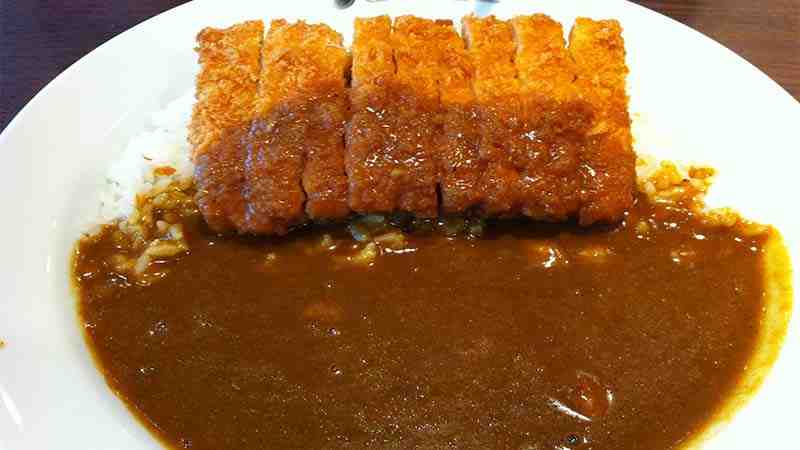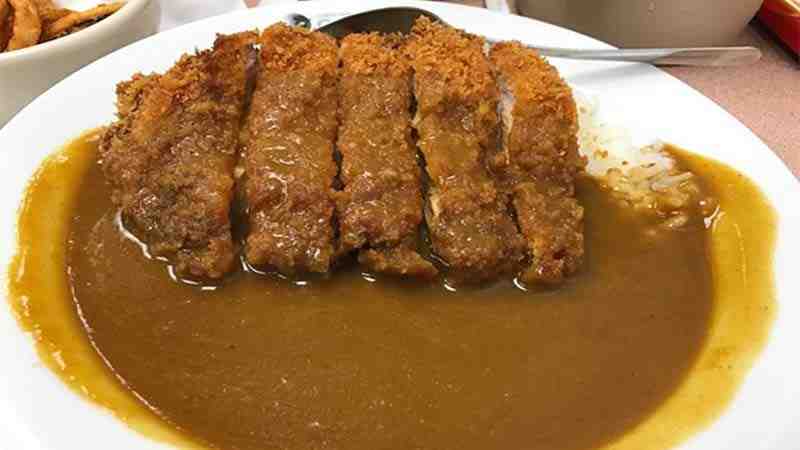Japanese Curry Coco Ichibanya Recipe is a dish prepared with curry roux, vegetables, and meat such as chicken, pork, or beef, boiled in a pot. It is an export of Japan and has become popular in many countries, including Taiwan.
Some people refer to it as the national dish of Japan. It was popularized in Japan by selling packages of dry roux and then adding the other ingredients later to make it fresh when needed. This allowed homemakers to prepare quick meals for their families with few dishes.
How to make Japanese Curry Coco Ichibanya Recipe
Ingredients:
- 3 cups water
- 1/4 cup Japanese roux (Kikuchi-kurage) or vermicelli rice flour
- 1/8 chopped ginger
- 1/2 chopped shallot
- 1/2 chopped carrot
- 2 teaspoons salt
- 1 tablespoon soy sauce
- 3 tablespoons Japanese curry roux
- 6 cups shredded cabbage,
- carrots and onions Vegetable oil
- 2 chicken breasts cut into strips (about 2 oz each)
- 1 pound pork cut into strips (about 4 oz each) 2 pounds beef stew meat
- First, boil water in a pot.
Directions:
Step 1: Pour the water into a saucepan, then stir in salt and vermicelli rice flour. Bring the gravy to a boil over high heat.
Step 2: Add carrots, onions, ginger, and shallots. Cook them for 1 minute
Step 3: Add soy sauce, Japanese curry roux (Kikuchi-kurage), ground black pepper, and meat. Then turn down the heat (medium-low). Please wait until it boils again, and then add cabbage leaves. Stir gently twice to mix the ingredients well.
Step 4: Stir with chopsticks. Feel free to use any utensils you prefer. I like chopsticks because they are very quick and easy to use.
Step 5: Add water to adjust the sauce’s thickness and keep stirring until the rice flour in the rice is fully dissolved and there are no lumps in it.
Step 6: Turn off the heat once all ingredients are well-mixed with the curry sauce, about 3 minutes.
Step 7: Serve with rice, if you wish. As for me, I usually eat it on the side, sharing it with my husband. Enjoy!
Nutrition facts of Japanese Curry Coco Ichibanya Recipe
- Calories: 552 kcal
- Fat: 27 g
- Protein: 25 g
- Carbohydrates: 58 g
Health Benefits of Japanese Curry Coco Ichibanya Recipe
This dish is a healthy meal with low fat, complex carbohydrates, and high protein. Japanese roux is a kind of healthy food that has been used for hundreds of years to make dishes.

It’s about half the amount of oil it takes to cook any other curries making it very healthy. It also contains vitamin B1 and vitamin B2 and iron, calcium, and even fiber.
It also contains many omega-3 fatty acids, called essential fatty acids, necessary for our body to function properly.
Best 5 Freezing Ideas for Japanese Curry Coco Ichibanya Recipe
1. Individual portions
It is much easier to reheat the amount of Japanese curry you need for your meal. You won’t have to worry about having leftovers. Just put it in a microwave-safe bowl and heat it!
2. Store in air-tight containers
You can put your Japanese curry into zip lock bags or other air-tight containers and refrigerate or freeze them. It prevents the curry from drying out and turning hard until you’re ready to use it.
3. Thaw it in the fridge or heat it with a microwave
If you place your Japanese curry in the refrigerator overnight, you can take some out and use it when you want to. It’ll be easier to heat it than starting from zero.
4. Keep your Japanese Curry Coco Ichibanya Recipe fresh in the freezer
If you want to save more Japanese curry for later, freeze it! You can always make more later when needed as long as you have the ingredients.
5. Prepare a large batch and freeze it for later
If you have extra time, make bigger portions knowing that you can always use the leftovers later, whether for a midnight snack or lunch.
Is It Suitable For Pregnant Women?
Yes, the Japanese Curry Coco Ichibanya Recipe is suitable for pregnant women. It does not contain any harmful ingredients, so there is nothing to worry about.

Pregnant women should still be cautious about the amount of food they eat to ensure proper nutrition for themselves and their unborn babies.
Is It Suitable For People On A Vegan Diet?
Yes, the Japanese Curry Coco Ichibanya recipe is vegan! There are no animal products used in making this dish, so it is also suitable for vegans.
Is It Suitable For Vegetarians?
Yes, the Japanese Curry Coco Ichibanya recipe is suitable for vegetarians since it does not contain any animal products. There are no animals used in making this dish, so it is also suitable for vegetarians.
Is It Suitable For Diabetics?
Yes, the Japanese Curry Coco Ichibanya recipe is suitable for people with diabetes. It only has 552 calories per serving and 58 grams of carbohydrates, which are appropriate values considering your daily calorie and carbohydrate intake.
Is It Kids Friendly?
Yes, the Japanese Curry Coco Ichibanya recipe is also safe for kids. There are no harmful ingredients, so that children can eat them with confidence!
Is It Kosher?
Yes, the Japanese Curry Coco Ichibanya recipe is kosher. The Japanese curry roux (Kikuchi-kurage) used in this dish does not contain pork or beef and is much lower than other pork or beef brands. It’s also completely kosher, so you don’t have to worry about cooking meat.
Conclusion
I want to conclude this post by letting you know that this is a healthy recipe, so take advantage of it and try it out! If you have any questions regarding the Japanese Curry Coco Ichibanya recipe, please leave them down below.
FAQ
What kind of curry is Coco Ichibanya?
Coco Ichibanya uses Japanese curry roux (Kikuchi-kurage) as the main ingredient. Japanese curry roux (Kikuchi-kurage) is milder and sweeter than Indian and Thai curries.
How do you make Coco Ichibanya at home?
The Japanese Curry Coco Ichibanya recipe is easy for anyone to make. You only need a handful of ingredients and a few steps to follow. The ingredients are inexpensive, accessible, and easy to find as well!
Do I have to use cabbage? Can’t I add other vegetables?
You don’t have to use cabbage, but I think it is best when making Japanese curry because it helps thicken the sauce since it releases water as it cooks. Other vegetables like carrots and onions are alright too, depending on your preference.